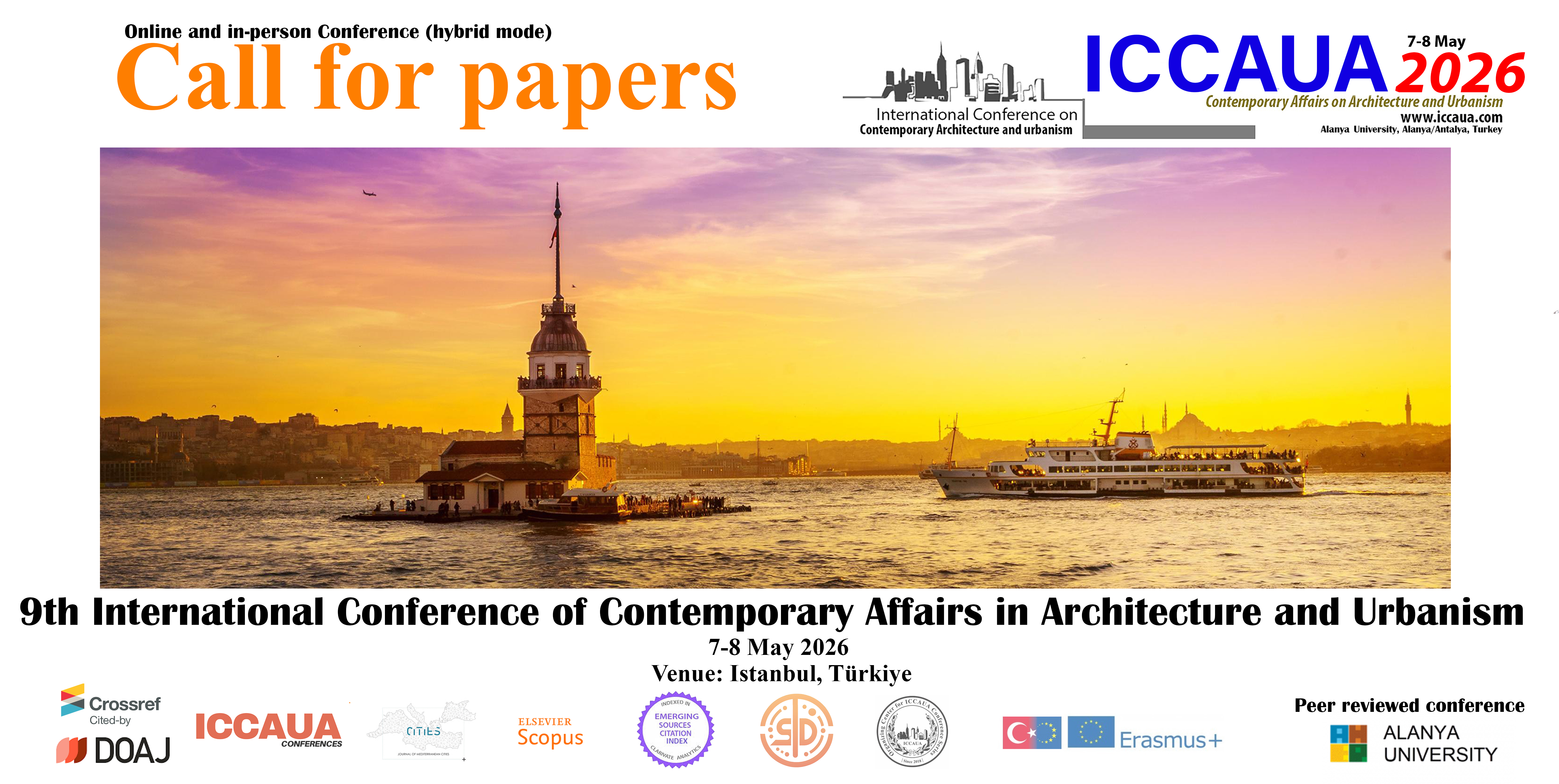An Actor-Network Theory (ANT) Research in the Context of Building Production: Istanbul International Financial Center BDDK Building
Keywords:
Actor-Network Theory (ANT), Black-Box, Actor-Actant, Building ProductionAbstract
Actor-Network Theory(ANT) has been suggested by Latour in 1980s as a criticism of classical sociology. ANT is an interdisciplinary methodology that handles the heterogeneous rallying of human and non-human actors’ relationships, their effects to each other within a non-technical network and their on a par affects to network. ANT can be applied to all disciplines with collectible data regarding a study, given ANT’s ability to analyze the network and estimate the success of a project. Architecture discipline is suitable for applying ANT, since the network includes both human actors and non-human actants such as documents, materials, etc. This study aims to explain how various factors such as building production tools, legislations, user requests, contracts between contractors, architects, employers and other actors can alter and shape relationships within a network, by applying the ANT. The main source of problems in the process is each actor’s desire to manipulate relationships for its own interests. It is possible to reach the targets regarding administration, planning and finance with risk-mitigating and predictable building production processes. As increasing complexity and rising number of actors brings along new risks to building production, ANT aims to foreshadow possible risks in the process by interpreting relationship between actors.
Downloads
Downloads
Published
How to Cite
Issue
Section
License
Copyright (c) 2024 Sedef Başar, Candan Çınar Çıtak

This work is licensed under a Creative Commons Attribution 4.0 International License.














